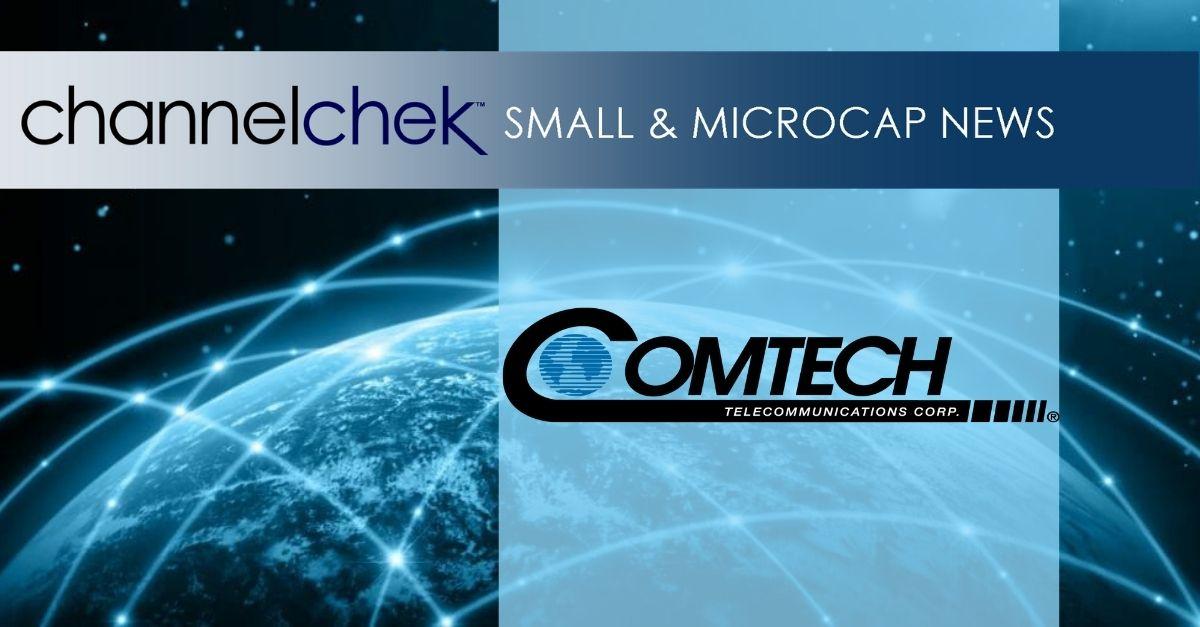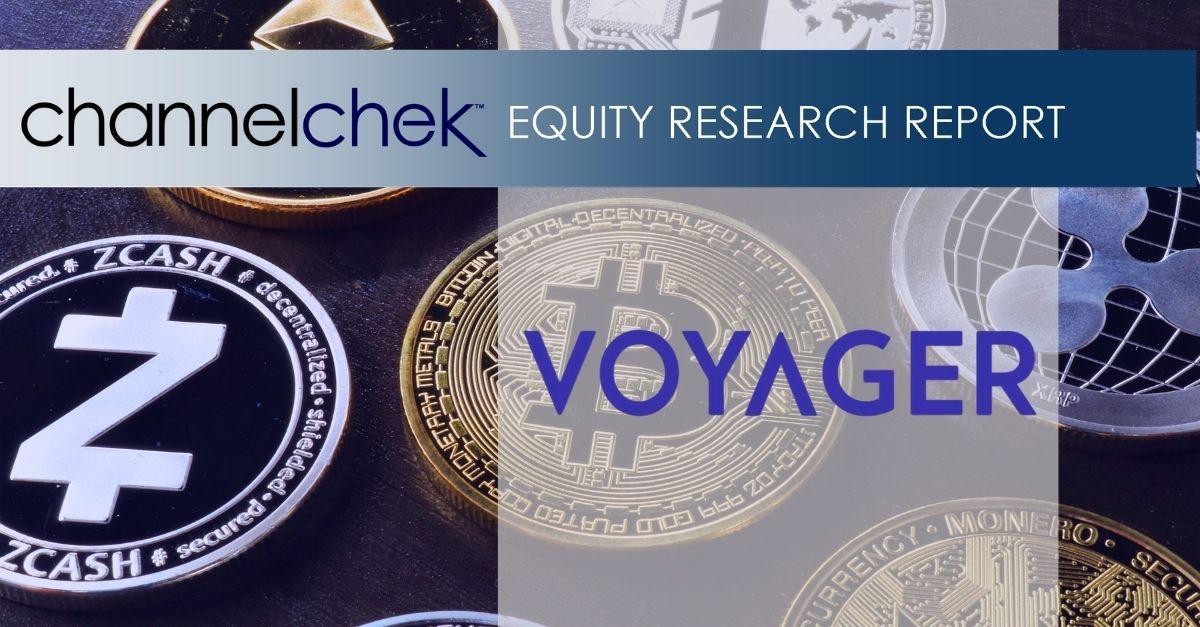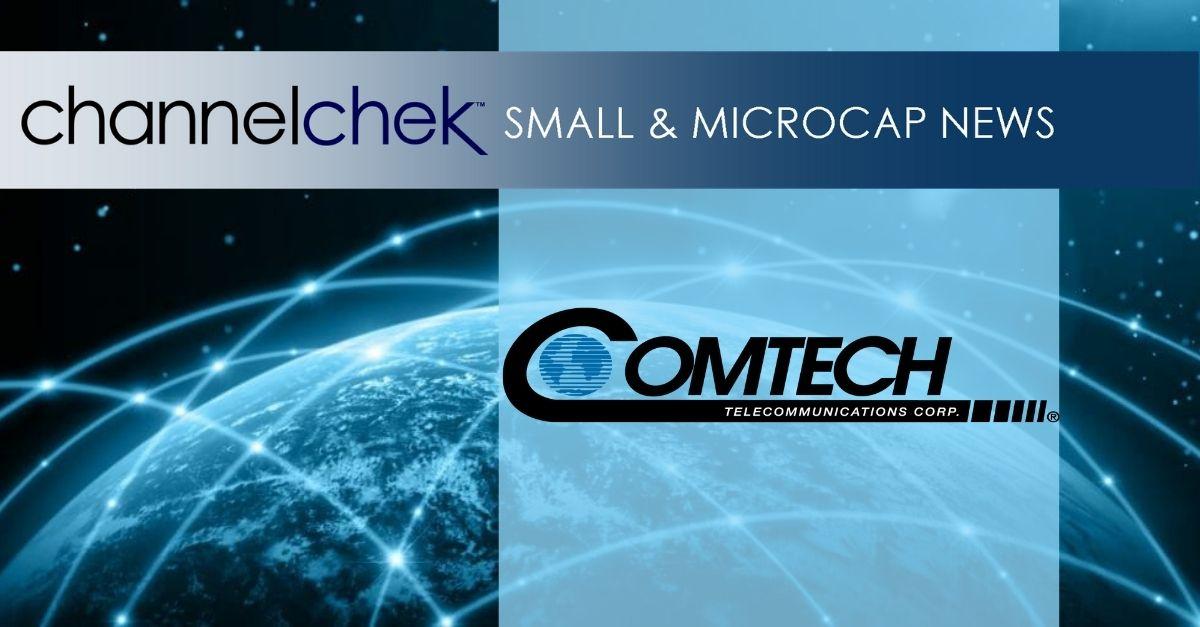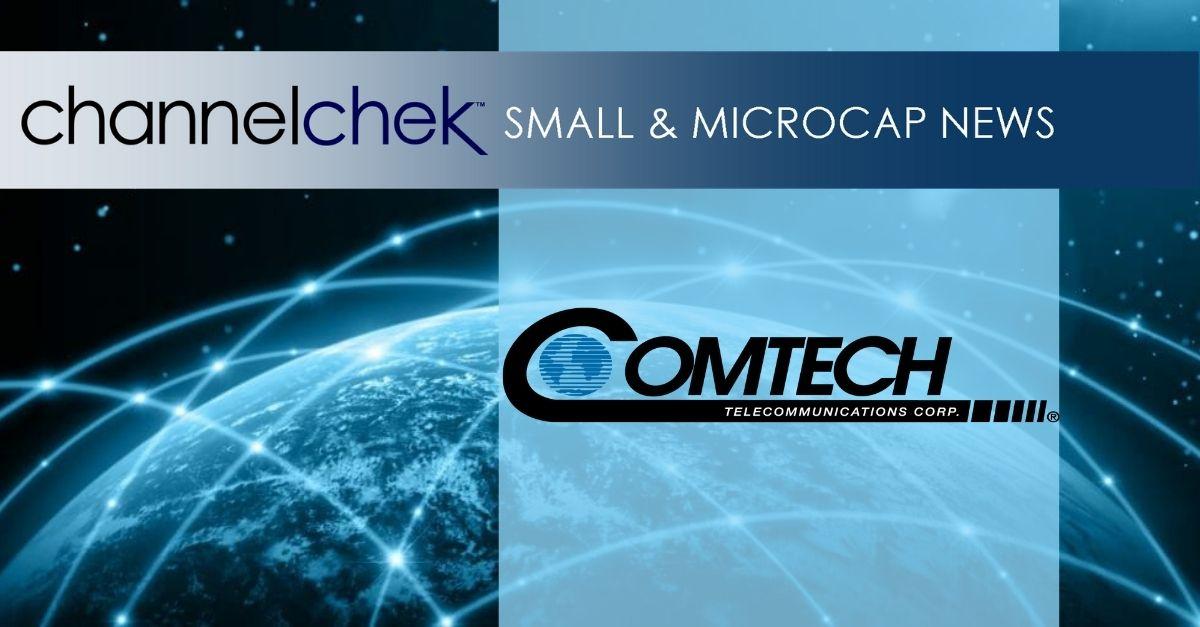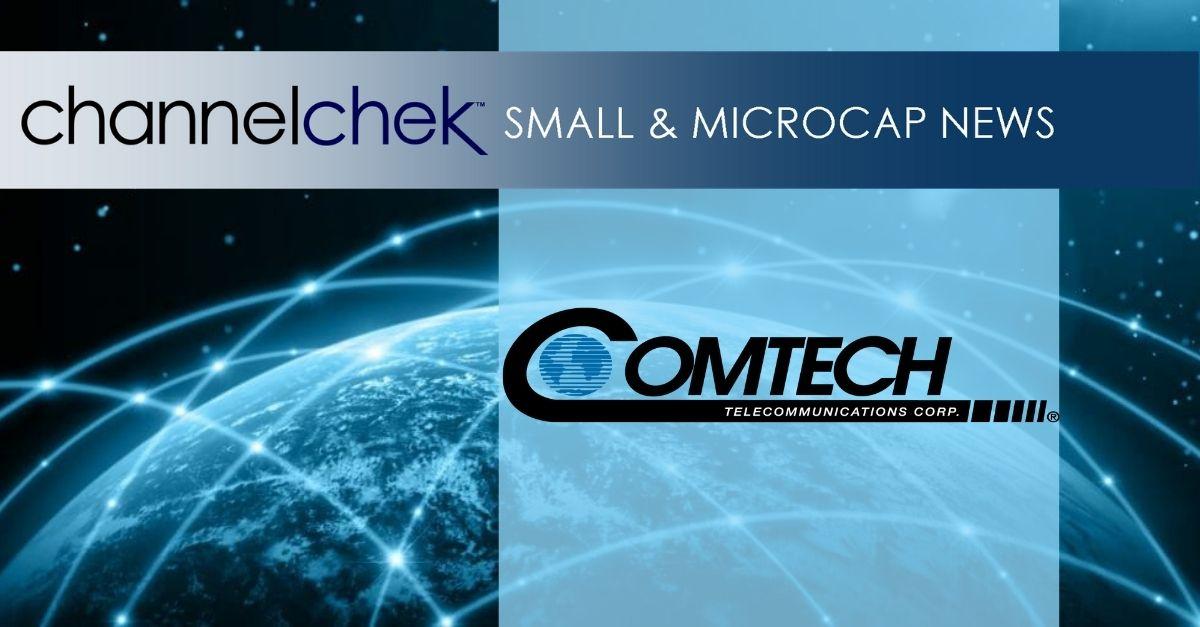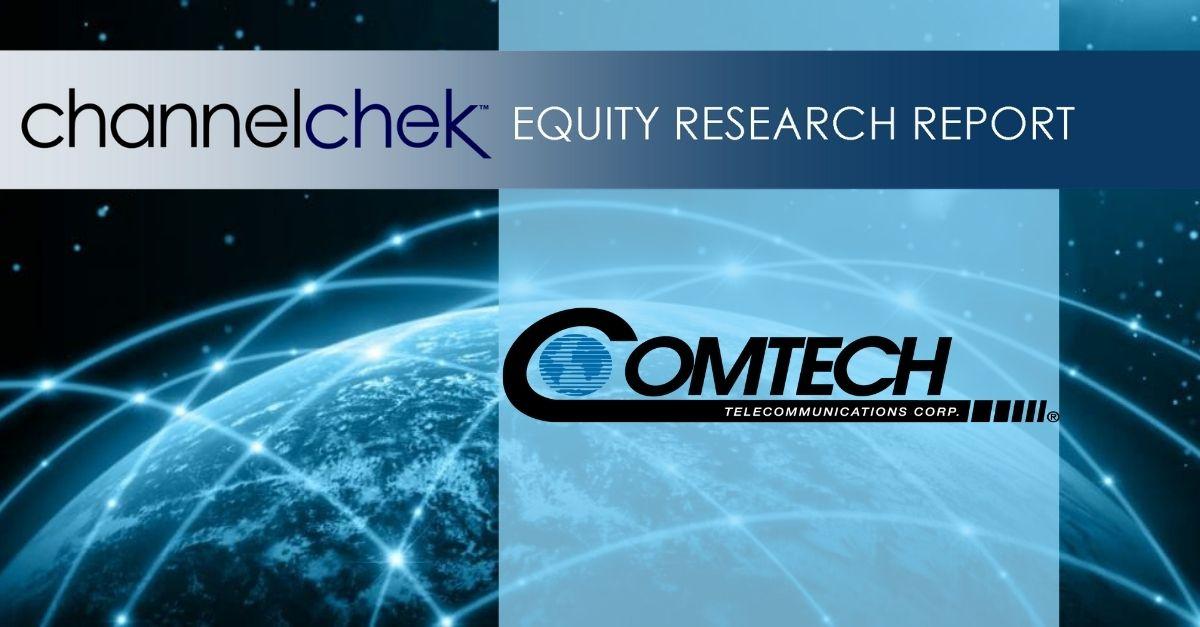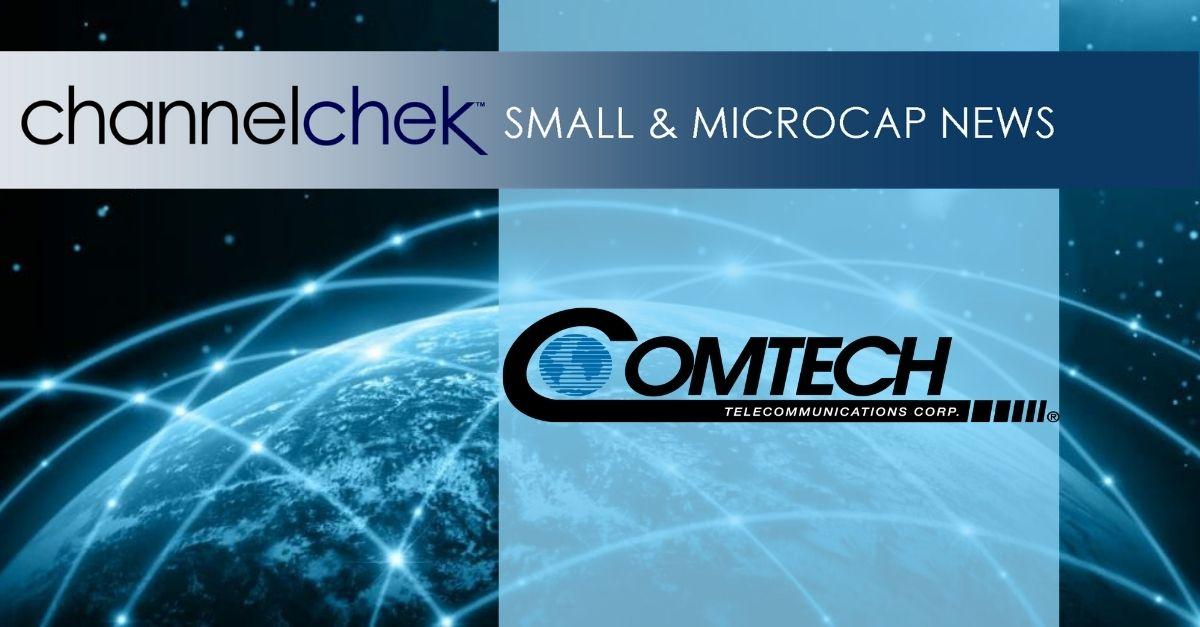
Comtech Telecommunications Corp. Receives Award from Frost & Sullivan as Growth Leader in Next Generation 911 Technologies and Services
MELVILLE, N.Y.–(BUSINESS WIRE)–Jul. 22, 2021–
July 22, 2021—
Comtech Telecommunications Corp. (NASDAQ: CMTL), a world leader in next-generation 911 emergency systems and secure wireless communications technologies, announced today that
Frost & Sullivan has recognized
Comtech for registering the most significant year-over-year (“YoY”) market share increase among all NG911 primary contract holders, growing its market share from an estimated 17.3% in 2019 to 26.2% in 2020, as calculated by
Frost & Sullivan. By closing statewide contracts in
Ohio,
Pennsylvania and
South Carolina, Comtech’s direct NG911 contracts now represent a population of over 55 million.
“While many providers license their technology to large integrators to manage the ESInet/Next Generation Core Services (“NGCS”), Comtech’s comprehensive NG911 in-house capabilities allow it to serve as both the end-to-end integrator as well as the primary service provider for NG911 deployments. This eases the burden for customers, as
Comtech takes ownership of the entire deployment process as well as ongoing systems management,” said
Brent Iadarola, Vice President,
Frost & Sullivan. “Comtech is uniquely equipped to offer NG911 solutions either directly or through channel partners and provides customers with flexible deployment models, whether fully managed services or hybrid options.
Comtech’s stability, proven deployments, and compliance with industry standards have earned it significant traction in new customer acquisitions, and its proven ability to offer end-to-end managed services and its exceptional ownership experience have further solidified its reputation in the market and positioned it for continued success.”
“Comtech is very proud of the performance that has led to this award from Frost & Sullivan,” said
Fred Kornberg, Chairman of the Board and Chief Executive Officer of
Comtech Telecommunications Corp. “Comtech offers a range of advanced capabilities for our customers, from its purpose-built Solacom solution providing i3-compliant PSAP call handling user interfaces, to ESInet connectivity and enhanced functional elements for voice and data. Its geographic information systems (“GIS”) provide PSAPs with real-time location data that can be synchronized across local, state, and regional levels to optimize PSAP operations and enhance emergency response times.”
Each year,
Frost & Sullivan bestows this award upon the company that demonstrates excellence in growth, performance and customer value. It recognizes the organization’s vision for growth and associated implementation strategy, as well as the overall customer, purchase, ownership and service experience, which has resulted in the recipient company recognizing above-market growth and greater share of wallet. The award lauds the growth, diversification, and sustainability strategies of the company.
About Comtech Telecommunications Corp.
Comtech’s highly reliable technologies enable the successful handling of over five million 911 calls and texts each month. For more information about Comtech’s 911 products and services, visit www.comtech911.com.
Comtech Telecommunications Corp. is a leader in the global communications market headquartered in
Melville, New York. With a passion for customer success,
Comtech designs, produces and markets advanced secure wireless solutions to more than 1,000 customers in more than 100 countries. For more information, please visit www.comtechtel.com.
About Frost & Sullivan
For six decades,
Frost & Sullivan has been world-renowned for its role in helping investors, corporate leaders, and governments navigate economic changes and identify disruptive technologies, Mega Trends, new business models, and companies to action, resulting in a continuous flow of growth opportunities to drive future success.
Forward-Looking Statements
Certain information in this press release contains statements that are forward-looking in nature and involve certain significant risks and uncertainties. Actual results could differ materially from such forward-looking information. The Company’s
Securities and Exchange Commission filings identify many such risks and uncertainties. Any forward-looking information in this press release is qualified in its entirety by the risks and uncertainties described in such
Securities and Exchange Commission filings.
Media Contacts:
Comtech
Michael D. Porcelain
President and Chief Operating Officer
631-962-7000
info@comtechtel.com
Frost & Sullivan
Bianca Torres
1.210.477.8418
bianca.torres@frost.com
Source:
Comtech Telecommunications Corp.

